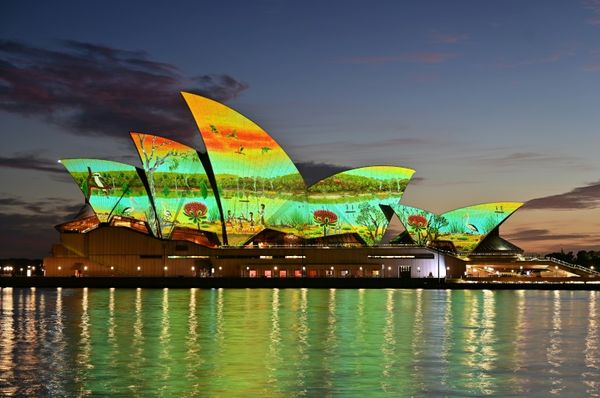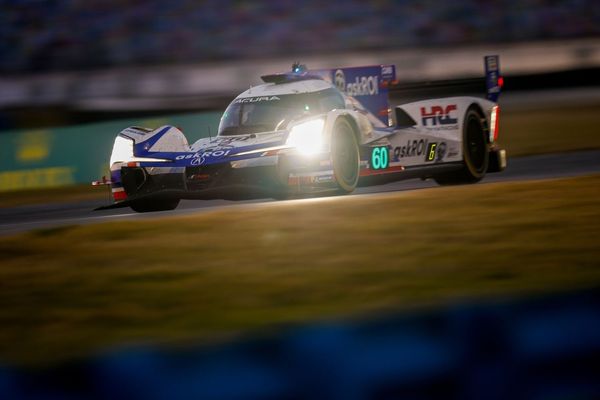
“It’s the first [car] dealer meeting I can recall in many decades where I’ve heard whistling, cheering,” Toyota Australia executive Sean Hanley told Car Expert.
The cause? The booming sales of lucrative American-style pick-up trucks in Australia. As Car Expert revealed last week: “No corner of the new vehicle market has grown its sales faster than ‘pick-ups over $100,000’, which is up a whopping 65.4% year-to-date.”
That sort of growth doesn’t just come from commercial utility. Such militarised utes — or to use a more apt term, suburbanised tanks — are taking over the passenger vehicle market, and are increasingly visible at school drop-offs and shopping centre car parks. Marketed as the “apex predator[s] of the truck world”, they are, in the words of academic Julian O’Shea, “more likely to be hauling a huge ego than a large load”.
And they aren’t the only car models bulking up. As Crikey’s Jason Murphy recently showed, “vehicle size inflation” is widespread in Australia, and has ramped up since the pandemic began. In the last 10 years, sales of SUVs and light commercial vehicles have far outpaced smaller, lighter options.
Child killers on wheels
While car dealers are cheering, pedestrians and other drivers shouldn’t be — particularly parents. Cars are the leading cause of death among Australian children. The huge bonnets on mega-trucks only increase this threat, by creating blinds spots large enough to hide 11 children lined up.
Kids are eight times more likely to die when struck by an SUV compared with other passenger cars, and “truckzillas” make this worse by smashing victims into the ground rather than rolling them up the bonnet.
Australia’s impressive, decades-long reduction of road deaths has halted and is tipped to partially reverse. This can’t be wholly attributed to mega-trucks, but their ascendance will undoubtedly make our streets even less safe. In the US, the home of the supersized truck, pedestrian deaths recently hit their highest level in 41 years.
How to buck the trend
So how can we apply the brakes to this dangerous trend? The recent sales bump was partly fuelled by former prime minister Scott Morrison’s COVID-19 stimulus, which made asset purchase tax deductions for small-business operators much more generous. Many tradies were able to fully write off the cost of expensive new utes, pushing this line item into the top 10 tax expenditures on the books at the last federal budget. Men on higher incomes disproportionately benefited.
Thankfully Labor let the program lapse on July 1. But remaining deductions should be scrutinised or capped to ensure taxpayers aren’t paying for unnecessary boys-toys towing jetskis more often than building supplies.
Nonetheless, the scale of investment in converting left-hand-drive American vehicles for Australian roads suggests car executives aren’t just relying on perpetually creative tax returns. An arms race among Australian drivers is generating its own momentum — if other drivers have bigger, heavier vehicles, you need one too to feel safe. This threatens to cement giant hurtling hunks of metals as the dominant form of urban transport by rendering walking and cycling dangerous.
The Europeans stymied this collective spiral with stringent fuel-efficiency standards, and related charges, crushing a post-GFC surge in American pick-up imports. Heavier vehicles guzzle more petrol, as it takes more fuel to push all that extra weight. It’s one of the reasons you see so many tiny “smart cars” on European streets.
The Albanese government has committed to legislating new fuel efficiency standards by the end of the year. Let’s hope its design is tough enough to slow the “cars-on-steroids” trend.
Exceeding their storage limit
For further inspiration (and, not incidentally, the food), I recently visited a country with some of the safest streets in the world: Japan. At half Australia’s road toll and one-fifth of America’s, it’s a standout among rich, populous countries.
Outside of busy highways, many pedestrians walk on the roads, not footpaths. Japanese roads feel like shared spaces in a way even the quietest Australian streets never do. Even on the pokiest alleys in historic areas such as Kyoto’s Gion, cars are rarely banned. They simply feel out of place, with the occasional driver crawling at 10km/h waving apologetically to the parting throngs of tourists.
Like Europe, Japan has the natural advantage of narrow streets (86% are not wide enough for a car to stop without blocking traffic). But such walkability also requires planning and regulation that Australia can learn from. Taxes on cars are much higher. Drivers must have a “garage certificate” showing they don’t rely on public street parking. More than 95% of Japanese streets have no street parking, and overnight street parking is illegal everywhere.
Unable to park outdoors, Japanese drivers buy much smaller cars. They also use them at the lowest rate among rich countries, accounting for just 12% of journeys.
Two new provocative books argue that the Anglosphere should follow the Japanese example of “making parking impossible”. They argue a lack of on-street parking, much bemoaned by drivers, is in fact a good thing for cities — it discourages people from driving to activity hubs, makes consumers prioritise smaller cars that can be more easily stored in garages, and makes roads more visibly shared spaces.
The implicit subsidisation that car owners receive via free parking is being debated in many Australian cities, where councils are examining post-COVID parking plans. But shifting commuter expectations will take time. Melbourne’s move to expand ticketed parking times was recently labelled “bonkers” by the Herald Sun.
But the inability of mega-trucks to fit in many conventional parking spaces necessitates a rethink of our infrastructure, let alone our permissive registration fees. To my mind, it should be prohibitively inconvenient and costly to cart your kids to and from kindergarten in a three-tonne tank.
Should the government consider a mega loading on mega-trucks? Let us know your thoughts by writing to letters@crikey.com.au. Please include your full name to be considered for publication. We reserve the right to edit for length and clarity.







